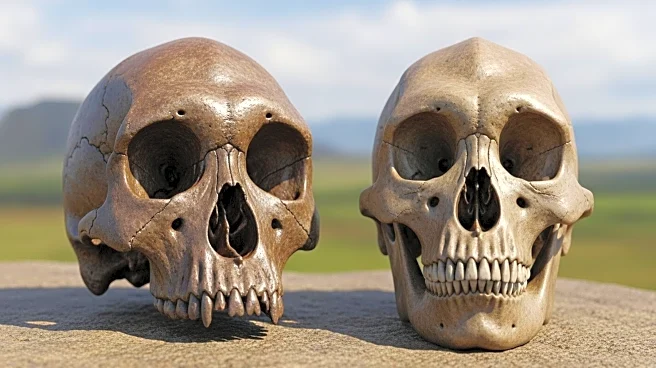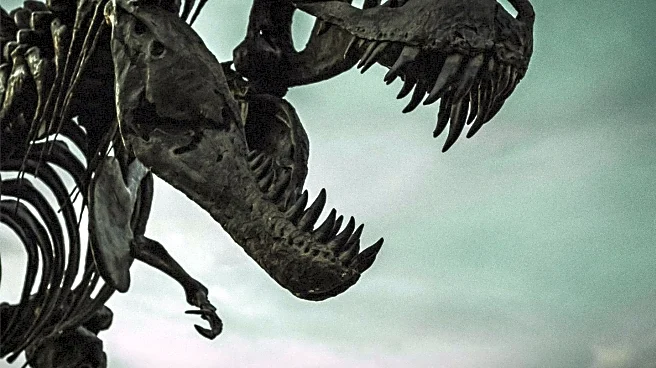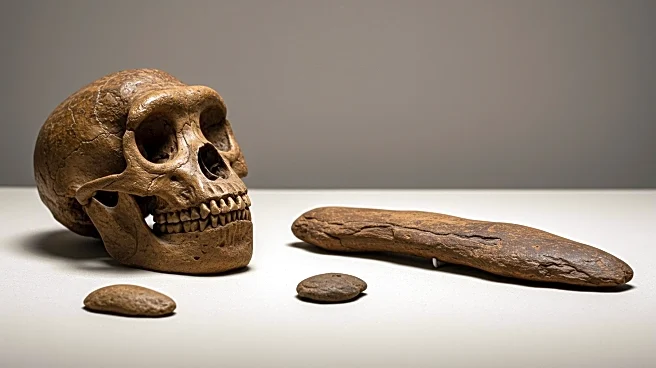What's Happening?
Researchers at the University of Reading have discovered a link between thumb length and brain size in primates. The study, which examined 94 primate species, found that those with longer thumbs, which aid in gripping objects, tend to have larger brains. This research provides the first direct evidence connecting manual dexterity with brain evolution across the primate lineage. The study also revealed that longer thumbs are associated with the brain's neocortex, which processes sensory information and handles cognition and consciousness, rather than the part responsible for movement.
Why It's Important?
This research offers new insights into the evolutionary development of primates, including humans. Understanding the relationship between physical traits and brain development can shed light on how certain abilities, such as tool use and problem-solving, evolved. The findings could influence future studies on human evolution and the development of cognitive functions. This research also highlights the intricate connections between physical adaptations and neurological advancements in the animal kingdom.
What's Next?
Further research is needed to explore how the neocortex supports manipulative abilities and to understand the evolutionary pressures that led to these developments. Scientists may conduct additional studies on other primate species and fossil records to deepen the understanding of this relationship. The findings could also inspire interdisciplinary research combining anthropology, neuroscience, and evolutionary biology.











